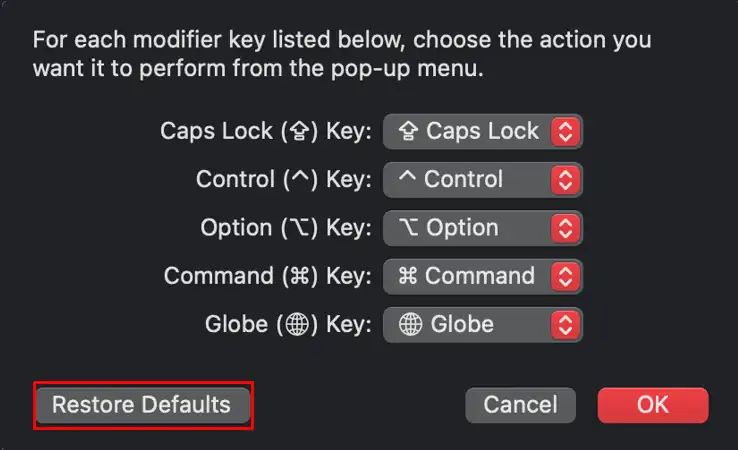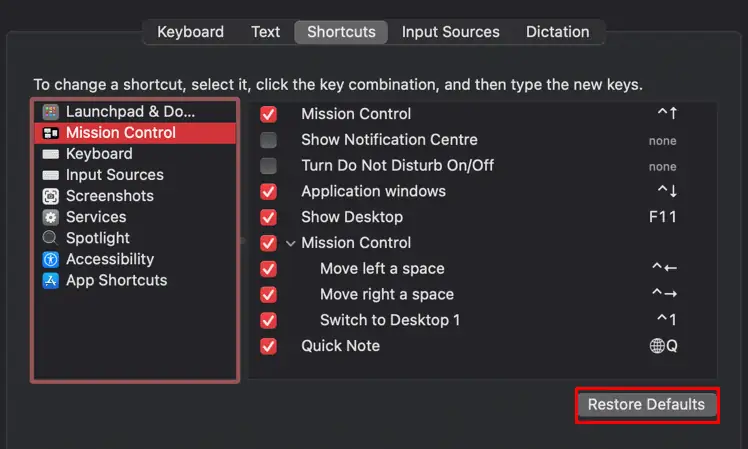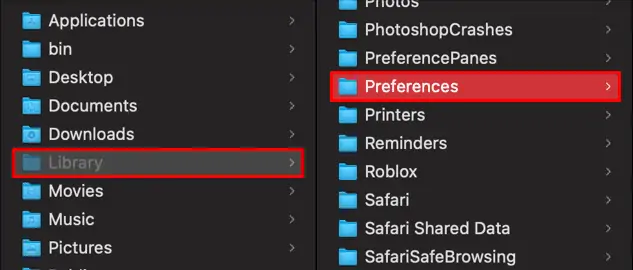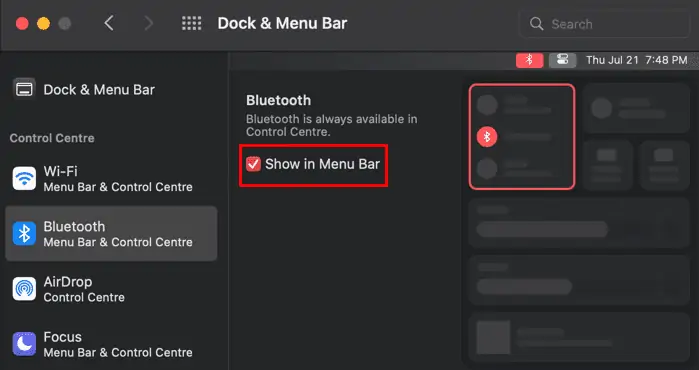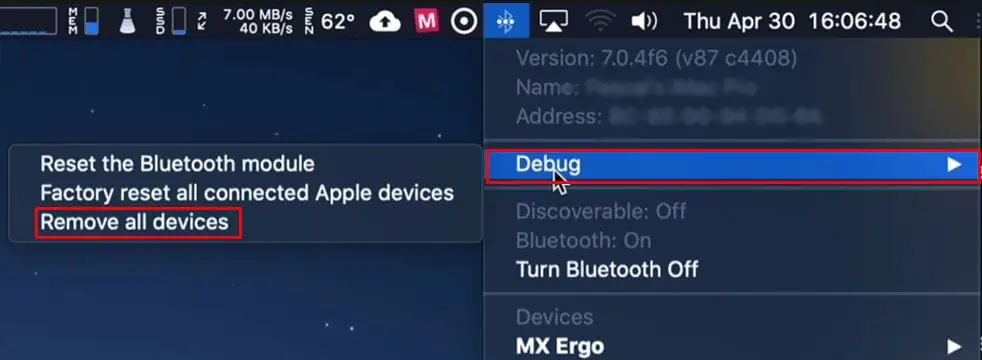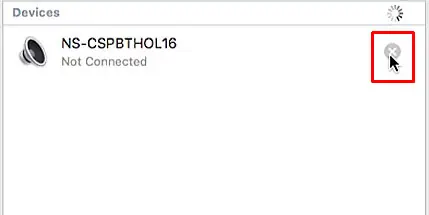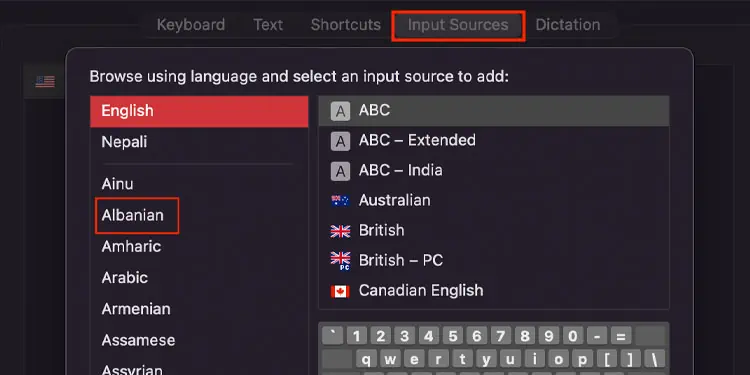In situations where your mac keyboard misbehaves or is not recognized by your computer, you could try resetting it. Resetting a keyboard reverts back all the settings back to default. So, any button configurations you may have changed along the way will disappear and cease to exist.
Once back to its default state, you can still customize your button preferences on your own time. However here, we shall look through all the ways through which you can reset your mac keyboard.
Without a guide, resetting the keyboard might feel tricky. But, with a guide to assist, the process is relatively short, simple, and as straightforward as it can be. So, let’s leave the talk here and cut directly to the chase.
When to Reset My Mac Keyboard?
- The keyboard is not recognized
- Function key(s) doesn’t work
- Modifier keys don’t perform the intended operation
- There are issues with the keyboard backlight
- Keyboard abruptly stops working
How to Reset Mac Keyboard
The exact process to reset a Mac keyboard is a bit different depending on whether it’s built-in or externally connected. However, we shall cover all the topics and all the details regarding both these keyboard types and shall skim through wired and wireless keyboards as well.
Reset the Macbook’s Built-in Keyboard
Resetting your MacBook’s keyboard is pretty straightforward. Everything that needs to be done can directly be accomplished from the system preferences. The goal is to reset the keyboard functionalities back to default. So, for this,
- From the menu bar, click on the Apple icon.
- Click on System Preferences.
- Select the Keyboard option.
- Now, click on Modifier Keys.
- Here, click on Restore Defaults to reset the functions of modifier keys.

- Navigate to the Text tab and remove any unimportant and inefficient shortcuts that you might have added by selecting the shortcut and clicking on the – symbol.
- Now, on the Shortcuts tab, click on Restore Defaults.

- Finally, on the Input Sources tab, select any language you might have previously set (by default, its U.S.), and click on the – symbol to remove it.
Although these steps sound inefficient, this is the only safe way to reset your MacBook keyboard.
However, usually, when there’s a problem on the keyboard or only on some particular keys, resetting the SMC will fix the issue for you. The exact steps to do so and shown are at the end of this article.
Reset the External Mac Keyboard
The exact steps to reset an externally connected keyboard are somewhat different from a MacBook’s keyboard. So, when talking about an external keyboard, removing the device from your system and connecting it back in for the computer to re-recognize it is one way to do so. You can also delete the .plist file and reconnect your keyboard after that.
When jumbled on a single paragraph, we figured out that it might seem a bit confusing. And that is why we have dedicated a sub-heading for each method you can follow to reset your external mac keyboard.
The steps to do so are similar for a wired and a wireless keyboard. Nevertheless, we have individually mentioned them as well so you can directly jump into what you’re looking for.
For Wired Keyboard
The macOS saves your custom application preferences as a part of the .plist files on your computer. So, deleting the .plist file associated with your keyboard can delete all customized settings and reset your keyboard back to default. Hence, for this:
- Unplug the keyboard from your computer.
- Open Finder.
- From the menu bar, click on Go.
- Hold down the option button and click on Library.
- Now, open the Preferences folder.

- Drag and drop
com.apple.keyboardtype.plistinto the Trash. - Now, from the dock, right-click on the Trash and select Empty Trash.
- Replug the keyboard into your computer.
For Wireless Keyboard
The wireless keyboard can be reset directly through the menu bar or by following a similar option to that of a wired one, that is by deleting .plist files. So, you can follow any one method from a couple of ones listed below.
Through the Menu Bar
Through the menu bar, we can allow your computer to ‘forget’ about the keyboard paired to the system. Once this is done, reconnecting the keyboard back in will connect it with the default keyboard settings. So, for this,
- From the menu bar, click on the Apple icon.
- Go to System Preferences.
- Select the Dock & Menu Bar option.
- From the left panel, click on Bluetooth.
- Mark the option to Show in Menu Bar.

- Now, hold Shift + Option, and then, select Bluetooth from the menu bar.
- Hover towards Debug and select Remove all devices.

Once this is done, you now have to re-pair your wireless keyboard with your computer. And here are the steps to do so:
- From the menu bar, click on the Apple icon.
- Go to System Preferences.
- Select the Bluetooth option.
- Turn on your external keyboard.
- Then, Turn Bluetooth On on your Mac.

- When your keyboard appears on the list of available devices, click on Connect to re-connect your keyboard with the default settings.
By Deleting the plist File
- From the menu bar, click on the Apple icon.
- Go to System Preferences.
- Select the Bluetooth option.
- Click the remove icon that’s beside the name of your keyboard.

- Now, open Finder.
- From the menu bar, click on Go.
- Hold down the option button and click on Library.
- Now, open the Preferences folder.
- Drag and drop
com.apple.keyboardtype.plistinto the Trash. - Now, from the dock, right-click on the Trash and select Empty Trash.
Once this is done, you now have to re-pair your wireless keyboard with your computer. And here are the steps to do so:
- From the menu bar, click on the Apple icon.
- Go to System Preferences.
- Select the Bluetooth option.
- Turn on your external keyboard.
- Then, Turn Bluetooth On on your Mac.
- When your keyboard appears on the list of available devices, click on Connect to re-connect your keyboard with the default settings.
Related Queries
How Can I Reset the SMC?
An unresponsive SMC usually causes your system to perform efficiently, including your keyboard to perform abnormally. So, when certain keys don’t work as they used to, or when your keyboard lights are showing some issues, you can always use this harmless trick to fix your problem. Here’s how you can reset the SMC:
For Macbooks Incorporated With an M1 Chip
Resetting the SMC for Macbooks with an M1 chip is as straightforward as it can be. That is, a simple restart of your computer resets the SMC every time. So,
- Turn off your computer.
- Shut the lid for around 30 seconds.
- Turn on your computer.
For Macbooks Incorporated With a T2 Chip
For Macbooks with a T2 chip, here are the steps to reset the SMC:
- Turn off your computer.
- Unplug the power adapter.
- Press and hold the left Option button + left Control button + right Shift key for around 7 seconds.
- Without taking your hands off the above button configuration, hold the power button for around 10 seconds.
- Finally, turn on your computer.
For Macbooks Without Any T2/M1 Chips
If your MacBook is not incorporated with either the M1 or the T2 chips, here are the steps to reset the SMC:
- Turn off your computer.
- Unplug the power adapter.
- Hold the left Option button + left Control button + left Shift key + power button for around 10 seconds.
- Finally, turn on your computer.
For Macbooks That Have a Removable Battery
If your MacBook batteries can be removed, removing and reattaching the battery can reset the SMC. So, for this,
- Turn off your computer.
- Unplug the power adapter.
- Remove your MacBook’s battery.
- Then, hold the power button for around 5 to 10 seconds.
- Reattach the battery.
- Plug back your computer into the power outlet and then, turn it on.
How Can I Change My Keyboard Layout?
If you want to change the language of your keyboard, you can do so directly through System Preferences. You are allowed to select either single or multiple layouts from 80 available languages. So, to do this,
- From the menu bar, click on the Apple icon.
- Click on System Preferences.
- Select the Keyboard option.
- Go to the Input Sources tab.

- From the left panel, click on + to add a new language to your keyboard.
- Once you’ve chosen the preferred language, click on Add.
Now, once this is done, you’ll notice that a new icon appears on the menu bar. So, through this, you can switch between the selected languages at any time you see fit. For a more detailed guide, we have made a dedicated article on how to change the keyboard to another language.


